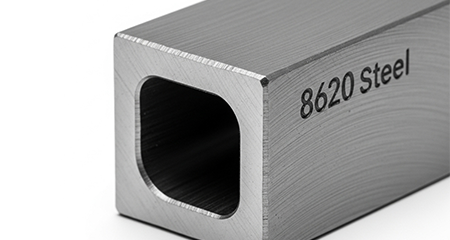
8620 Steel: A Comprehensive Guide to Materials
8620 steel offers a strong balance of machinability, toughness, and surface hardenability. It’s ideal for parts like gears and shafts that require wear resistance and durability, making it a reliable choice across automotive, industrial, and aerospace applications.
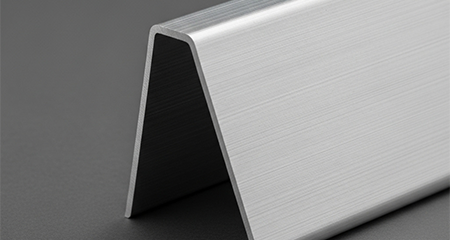
6061 Aluminum: Features and Uses
6061 aluminum stands out as a versatile and high-performance material, ideal for CNC machining due to its excellent mechanical strength, corrosion resistance, and adaptability across industries. At VMT, we specialize in precision CNC machining of 6061 aluminum T6 parts, delivering components that meet tight tolerances and demanding specifications.
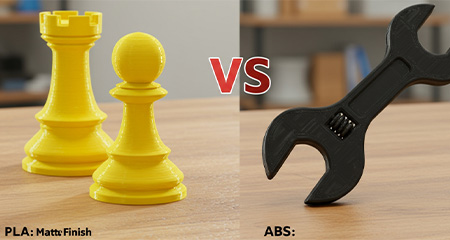
PLA vs. ABS: A Guide to the Difference
PLA is perfect for projects that prioritize ease of use, a glossy finish, and eco-friendliness, making it ideal for prototypes, toys, and decorative models. ABS, however, is better for demanding applications requiring strength, durability, and heat resistance, such as functional parts or professional use. Choose PLA for simplicity and sustainability, and ABS for toughness and advanced performance.
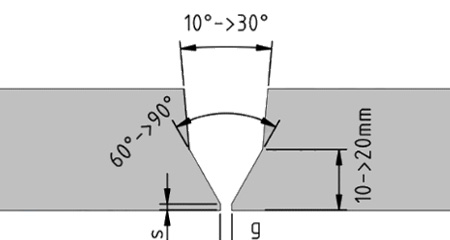
What Is a Bevel and How Is It Used in CNC Machining?
Beveling is a crucial CNC machining technique that enhances a part’s functionality, fit, and appearance. By mastering bevel design and application, manufacturers can ensure higher-quality products with improved performance and durability across various industries.
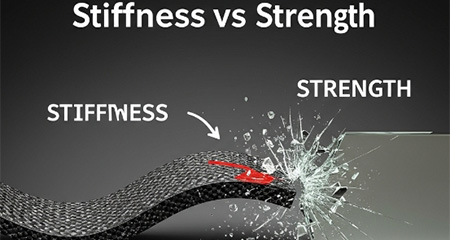
Stiffness vs. Strength: What’s the Difference?
Understanding the balance between stiffness and strength is essential for designing CNC-machined parts that are both safe and efficient. Stiffness ensures parts maintain their shape under load, while strength prevents failure under stress.
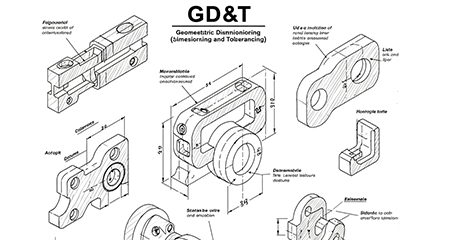
Mastering GD&T Symbols: Tips for Engineers and Technicians
GD&T transforms good parts into great ones by aligning design intent with manufacturing capability. At VMT, we've mastered applying GD&T across our classification of grinding machine portfolio to deliver unmatched precision and reliability.


